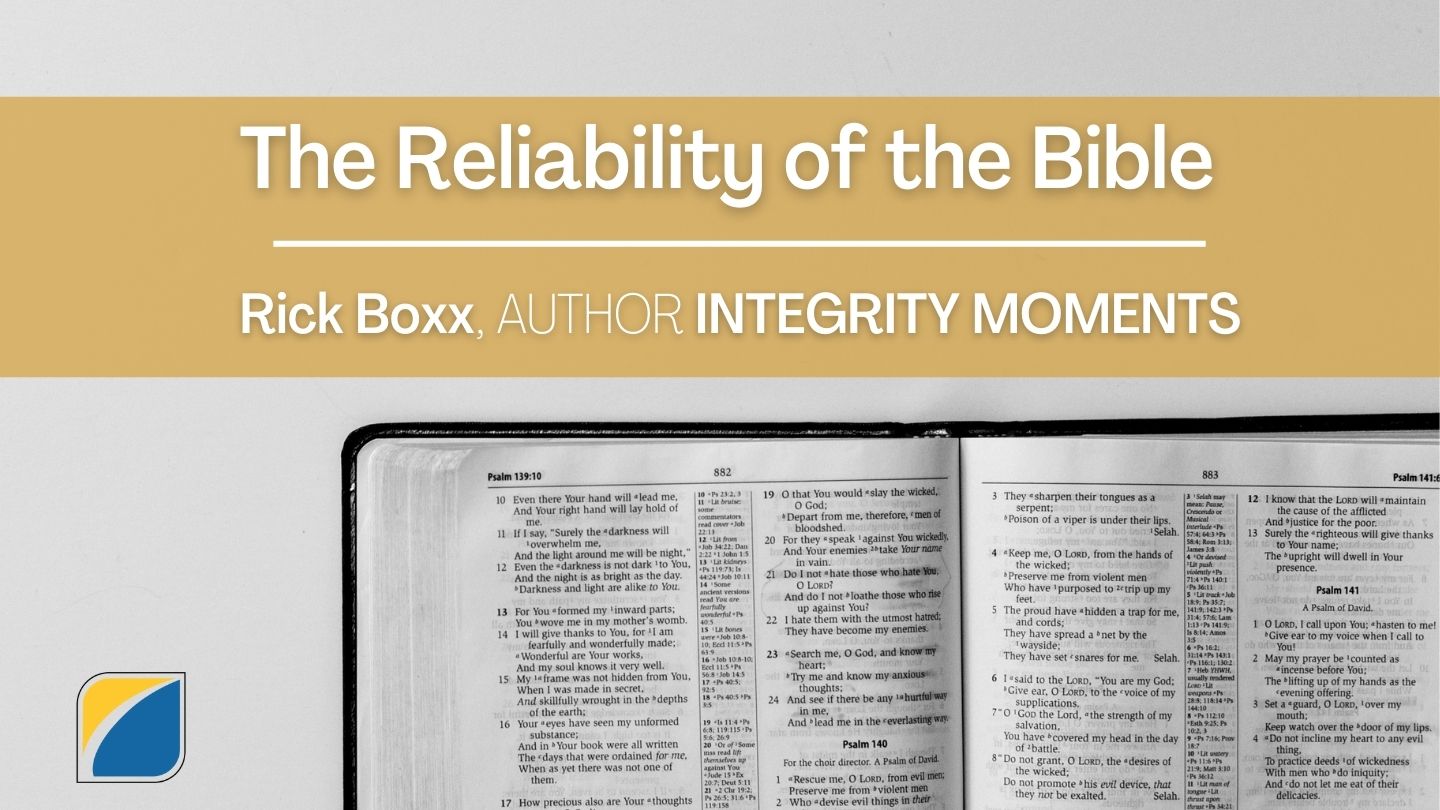The Reliability of the Bibleნიმუში


The Reliability of the Bible: Part II
In this series, we’re discussing the reliability of the Bible. Years ago, I heard Hank Hanegraaff of Christian Research Institute share the acronym MAPS to help explain the reliability of the Bible.
The M stands for manuscripts.
Years ago, I visited the site of the Dead Sea Scrolls. The process that the scribes used to copy God’s Word was impressive. If they made any mistake, they immediately burned the scroll.
Historians gauge the veracity of a manuscript according to the volume of manuscripts and the time span between the originals and earliest manuscripts. The Bible has stronger support than any other classical writing of Homer, Tacitus or Aristotle.
Psalm 19:9 says, “The rules of the Lord are true, and righteous altogether.”
Historical manuscript evidence overwhelmingly proves the reliability of God’s Word.
Questions for Reflection
- What are your thoughts on how the scribes copy the Word of God? Are there any areas of your business where you maintain a similarly high expectation for quality?
- The works of Homer, Tacitus and Aristotle are very highly regarded yet the Bible has more support from manuscripts. How does this change the way you view the Bible?
წმიდა წერილი
About this Plan

Since the vision of Unconventional Business Network is one million business leaders modeling biblical principles in their workplace, the authority and reliability of the Bible are foundational to UBN. What do you think about the inerrancy of the Bible? What kind of doubts have been present in your life about its foundation? In this plan, we will explore ways in which you can reflect on and unpack its origin.
More
Related Plans

Journey Through Revelation

Boundaries: A Biblical Perspective

Journey Through 1 & 2 Peter and Jude

Relentless Love: Reflections on the Book of Jonah

From Empty to Overflow: Simple, Science-Based Strategies for Those Who Serve

Unboxed: Built on Purpose

Love at Work

Dear Black Woman, You Are Not Alone in Your Grief

Cherished & Chosen: A 7-Day Challenge for Single Women
